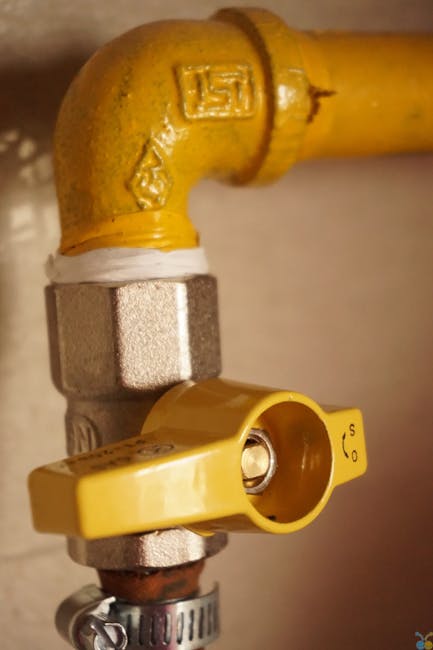Also known as pressure tapping, hot tapping is a method of attaching to a pressurized system, either by having them drilled or cutting, while you don’t remove the pipe or tank from being in use. With hot tapping, you will be able to prevent costly and some of the potentially hazardous effects to the environment without disrupting the need for continued use of these systems. Read on for more on hot tapping as discussed below.
Basically, when it comes to pressurized tapping as well known as hot tapping, this is the installation of connections to plumbing systems and lines without breaking the use of the systems. Now, when we look at it in the strict welding concept, hot tapping can be said to be that process that allows for the welding onto any equipment that happens to be in use already.
Hot tapping is generally a technique that is commonly used to make repairs to the parts of a plumbing system that has been exposed to mechanical damages such as corrosion and as well for the need to add branches for the sake of the necessary modifications to these systems. And as a matter of fact, there are lots of advantages, economic and environmental, to performing such kinds of welding where you don’t removing the pipes from use.
If at all you are considering hot tapping as a plumbing solution going forward, you need to know of the fact that there are some risks that come with them so as to take measures to protect against these particular risks. Problems can be experience with hot tapping in such cases as where there is a burn through, cases of unstable decomposition of the product that is flowing through and as well the risk of hydrogen cracking. A burn through often results from a case where the unmelted area below the weld pool doesn’t have the sufficient strength to balance the internal pressure there is in the pipes. Therefore, you need to make sure that the wall has a thickness that will be as good enough to sustain the internal pressure there is within the pipes to avoid the risk of burn through.
Instability in decomposition of the flowing products can result in such violent reactions in the event that they are heated under such pressure. In order to protect against such risks of unstable decomposition, you need to therefore take all measures to ensure that the internal temperatures do not go beyond the critical temperatures which are dependent on the kind of material or product that you will have flowing within these plumbing or piping systems.
